- Resolve to master the art of persuasive copy-writing. No no no, not your typical ‘non-profit speak,’ but persuasive copywriting. Watch infomercials (I’m serious). Take a creative writing course. Read any one of Tom Ahern’s books. As you read what you’ve written, ask yourself “would I care?”
- Develop systems. Within your systems, establish small daily or weekly habits – such as 30 minutes daily of foundation research or spending 30 minutes on the phone with donors.
 Quit copying your peers.
Quit copying your peers.- Learn how to use email effectively.
- Resolve to leave your comfort zone. Before signing up for another AFP workshop, consider attending an email marketing seminar or even a Dale Carnegie training.
- Establish the processes to build relationships with grant funders – just as you do your donors. A declination is an opportunity for further communication.
- Integrate your communications. Online, direct mail, email, social media – it needs to be cohesive.
- Via Tom Ahern: “Be different. Be fun. Be authentic.”
- There’s more to social media than updating your Facebook status or posting blast tweets on Twitter. Learn how to use social media to engage.
- Excel is not a database. Lose it. If you’re keeping your data in Excel, know your criteria for a database, evaluate three providers and select one. Make sure that training and support are key components.
- Spend money on training. Yes, when I was a nonprofit employee, with one exception, none of my employers paid for any training. Guess what? I bought books and attended seminars on my own dime. Invest in yourself.
- Start a monthly giving program. This one’s a no-brainer – need I say more?
- Educate your board on fundraising. This one doesn’t involve hiring a one-time ‘board trainer’ for your next retreat. It involves developing a – dare I say fun? – culture of fundraising within your board. One very simple way to start is by sharing a clip from the Movie Mondays series Top 10 Best Movies for Helping Board Members at the beginning of every board meeting.
- Take a hula hoop to work. When the stress gets to be too much incorporate a little joy and movement into your day.
- Learn how to re-purpose content for different donor communications channels.
- Communicate more. Yes, I know that studies consistently show that donors are turned off by organizations who over-communicate or over-solicit. Trust me, the small, community-based nonprofit organization rarely falls into that category.
- Take charge and take responsibility.
- Say thank you. Again and again and again. And again. Create a stewardship system and put it in writing.
Want more? Check out Simple Development Systems: Successful fundraising for the one-person shop, the only book written specifically for the “small shop” nonprofit organization!


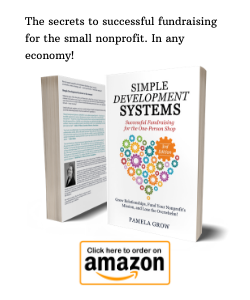

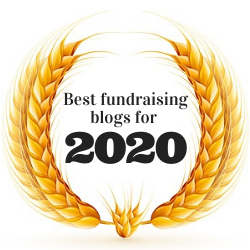
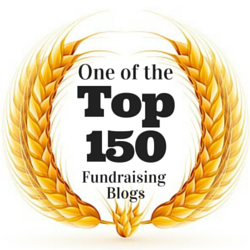
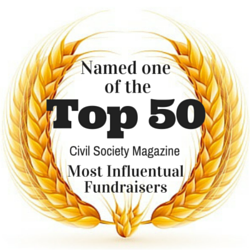

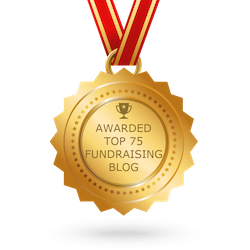
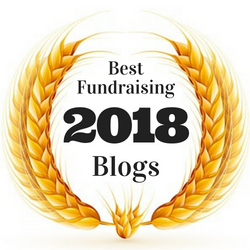
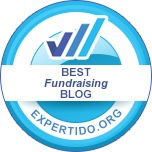
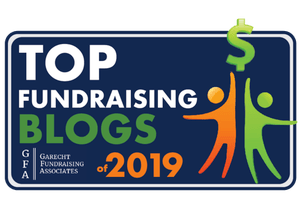


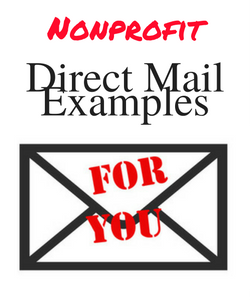


 I can’t wait to meet with you personally.
I can’t wait to meet with you personally.
Comments on this entry are closed.